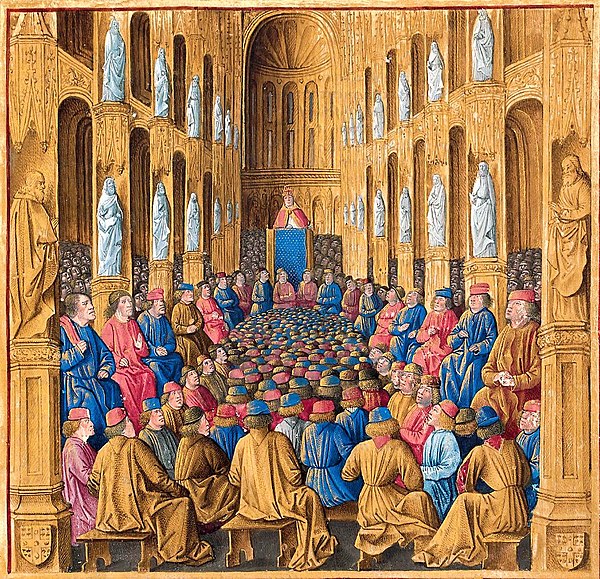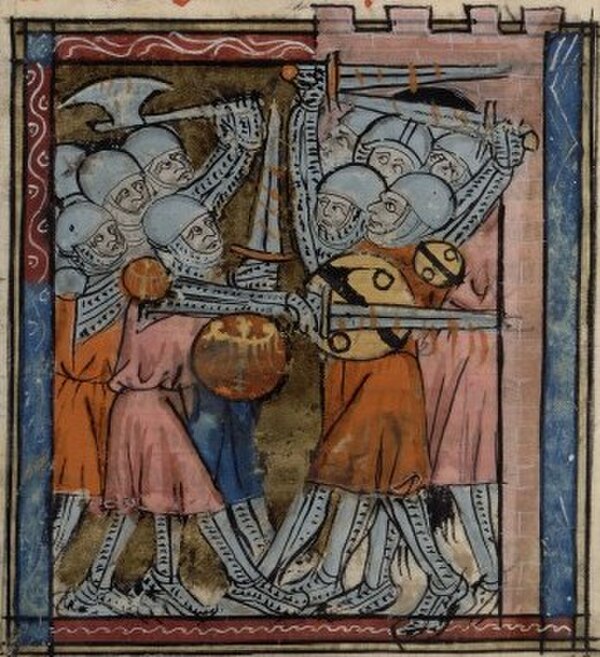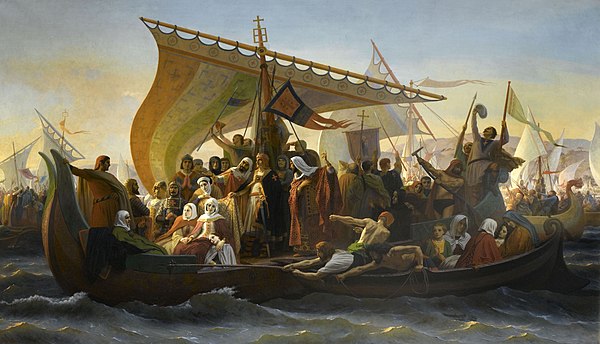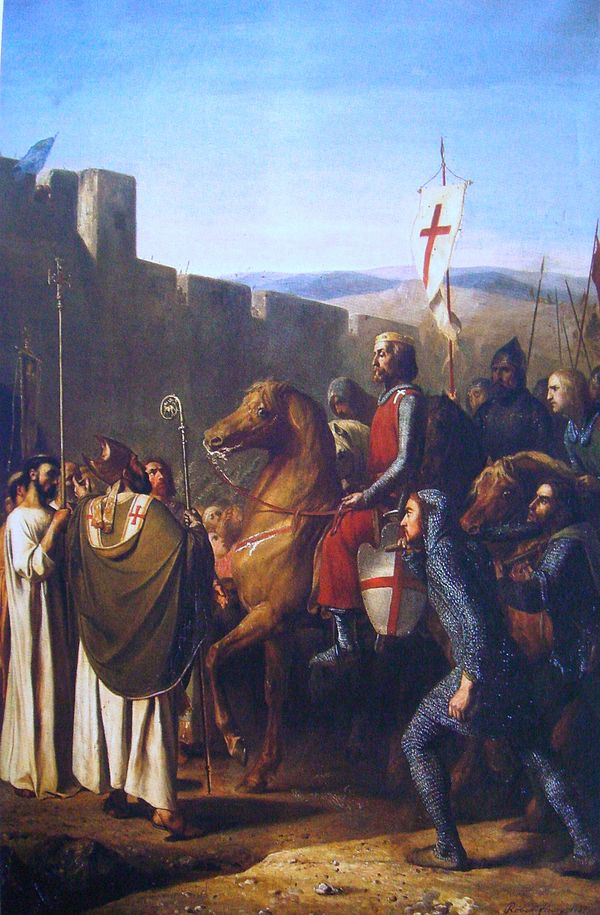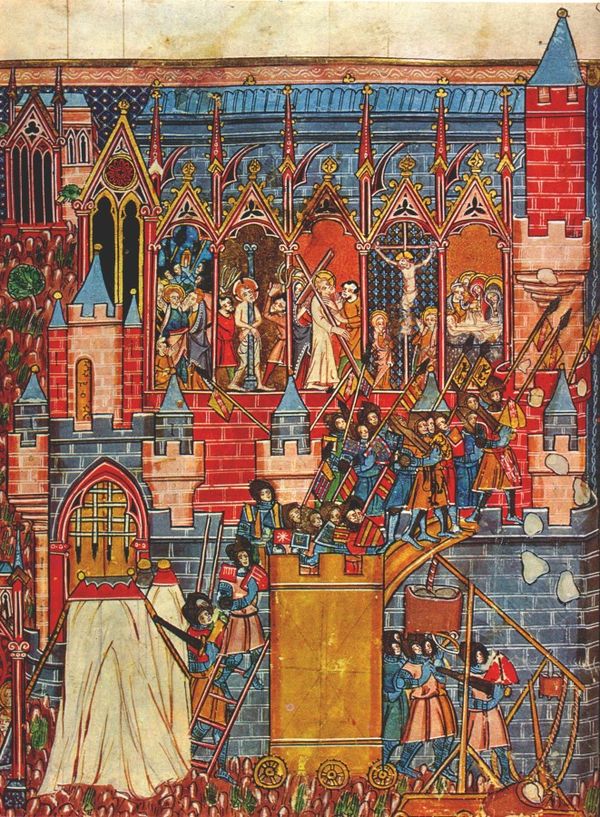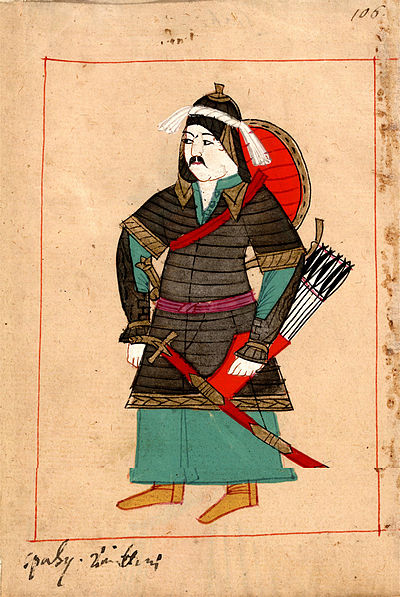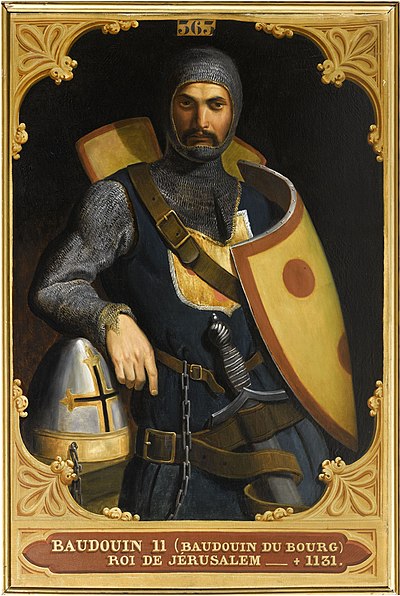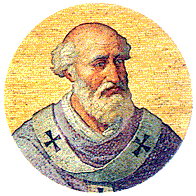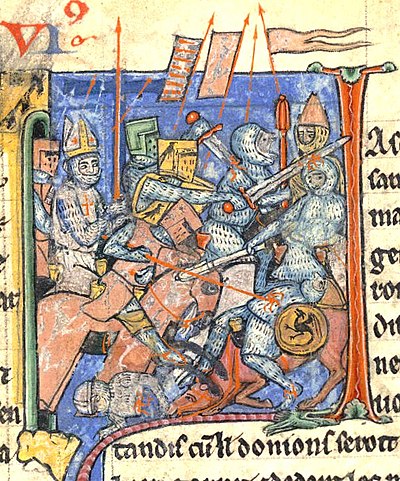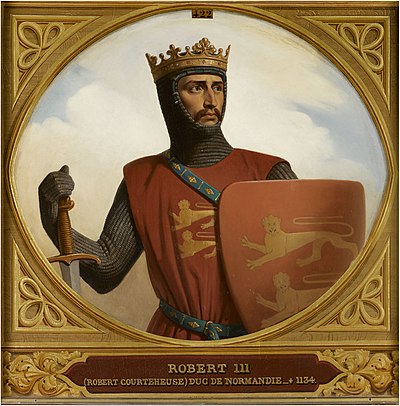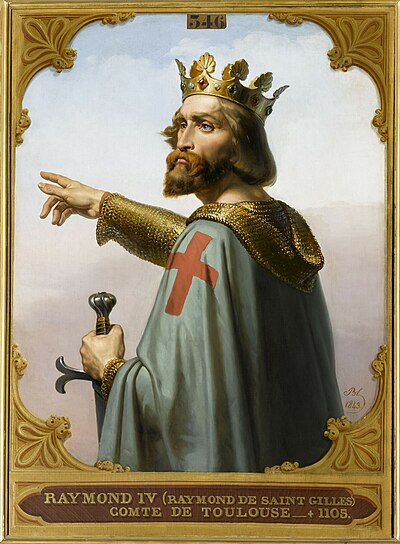The crusaders began to leave Constantinople at the end of April 1097. Godfrey of Bouillon was the first to arrive at Nicaea, with Bohemond of Taranto, Bohemond's nephew Tancred, Raymond IV of Toulouse, and Robert II of Flanders following him, along with Peter the Hermit and some of the survivors of the People's Crusade, and a small Byzantine force under Manuel Boutoumites. They arrived on 6 May, severely short of food, but Bohemond arranged for food to be brought by land and by sea. They put the city to siege beginning on 14 May, assigning their forces to different sections of the walls, which was well-defended with 200 towers. Bohemond camped on the north side of the city, Godfrey on the south, and Raymond and Adhemar of Le Puy on the eastern gate.
On 16 May the Turkish defenders sallied out to attack the crusaders, but the Turks were defeated in a skirmish with the loss of 200 men. The Turks sent messages to Kilij Arslan begging him to return, and when he realized the strength of the crusaders he quickly turned back. An advance party was defeated by troops under Raymond and Robert II of Flanders on 20 May, and on 21 May the crusader army defeated Kilij in a pitched battle which lasted long into the night. Losses were heavy on both sides, but in the end the sultan retreated despite the pleas of the Nicaean Turks. The rest of the crusaders arrived throughout the rest of May, with Robert Curthose and Stephen of Blois arriving at the beginning of June. Meanwhile, Raymond and Adhemar built a large siege engine, which was rolled up to the Gonatas Tower in order to engage the defenders on the walls while miners mined the tower from below. The tower was damaged but no further progress was made.
Byzantine emperor Alexios I chose not to accompany the crusaders, but marched out behind them and made his camp at nearby Pelecanum. From there, he sent boats, rolled over the land, to help the crusaders blockade Lake Ascanius, which had up to this point been used by the Turks to supply Nicaea with food. The boats arrived on 17 June, under the command of Manuel Boutoumites. The general Tatikios was also sent, with 2,000 foot soldiers. Alexios had instructed Boutoumites to secretly negotiate the surrender of the city without the crusaders' knowledge. Tatikios was instructed to join with the crusaders and make a direct assault on the walls, while Boutoumites would pretend to do the same to make it look as if the Byzantines had captured the city in battle. This was done, and on 19 June the Turks surrendered to Boutoumites.
When the crusaders discovered what Alexios had done, they were quite angry, as they had hoped to plunder the city for money and supplies. Boutoumites, however, was named dux of Nicaea and forbade the crusaders from entering in groups larger than 10 men at a time. Boutoumites also expelled the Turkish generals, whom he considered just as untrustworthy. Kilij Arslan's family went to Constantinople and were eventually released without ransom. Alexios gave the crusaders money, horses, and other gifts, but the crusaders were not pleased with this, believing they could have had even more if they had captured Nicaea themselves. Boutoumites would not permit them to leave until they had all sworn an oath of vassalage to Alexios, if they had not yet done so in Constantinople. As he had in Constantinople, Tancred at first refused, but he eventually gave in.
The crusaders left Nicaea on 26 June in two contingents: Bohemond, Tancred, Robert II of Flanders, and Tatikios in the vanguard, and Godfrey, Baldwin of Boulogne, Stephen, and Hugh of Vermandois in the rear. Tatikios was instructed to ensure the return of captured cities to the empire. Their spirits were high, and Stephen wrote to his wife Adela that they expected to be in Jerusalem in five weeks.


